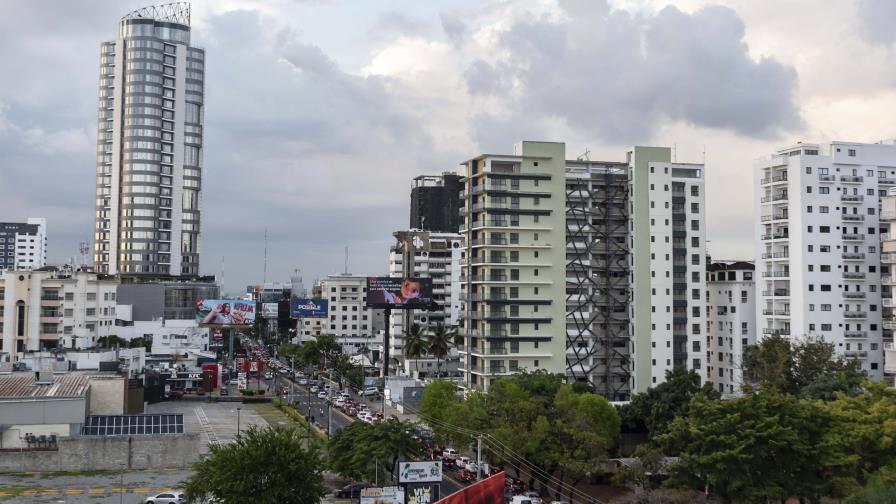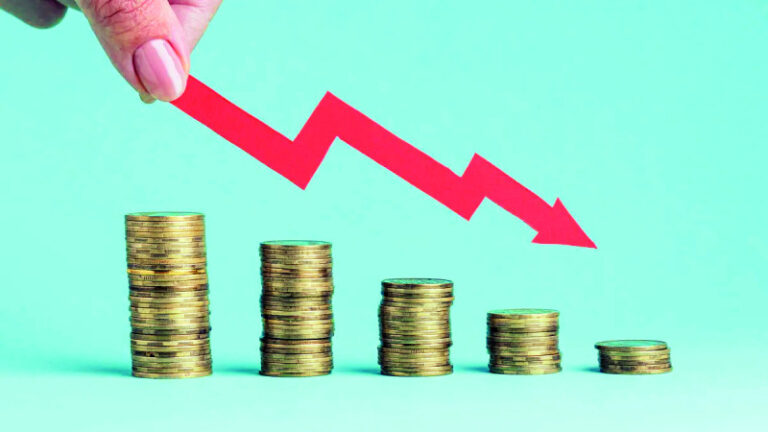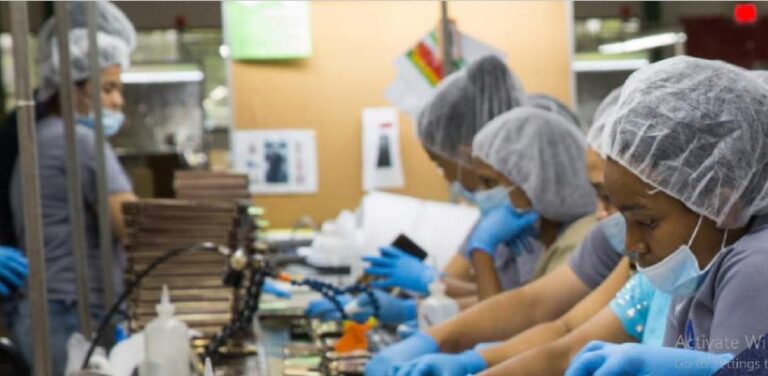
- 2025 Forecasts: Up 5.5% in Argentina and 4% in the DR, and down 2.2% in Haiti
In a global environment marked by uncertainty and low economic dynamism, the Dominican Republic is positioned as one of the few positive exceptions in Latin America and the Caribbean.
According to the most recent World Bank report, the country will see a gross domestic product (GDP) growth of 4% in 2025, placing it only behind Argentina, which will lead the region with a foeseen 5.5%.
The multilateral organization warns that Latin America will be the region with the lowest growth in the world, with an estimated expansion of just 2.1%, amid inflationary pressures, global slowdown, low investment and persistently high levels of public debt.
However, in this adverse context, the Dominican economy stands out for its resilience, diversification, and relatively stable macroeconomic management.
Factors Driving Dominican Growth
The World Bank points out that the Dominican Republic’s growth is based on several fundamental pillars:
- Dynamism in tourism, which has established itself as the main driver of recovery after the pandemic, with record numbers of international arrivals.
- Robust foreign direct investment, particularly in sectors such as energy, telecommunications, tourism real estate, and free zone industries.
- Macroeconomic stability, with a prudent monetary policy and controlled inflation within the target ranges established by the Central Bank.
- Business confidence in the business climate, despite institutional challenges.
The report also highlights that, unlike other Latin American economies, the Dominican Republic has maintained a growth rate above the regional average over the past 15 years, ranking among the most dynamic emerging economies in the Western Hemisphere.
Structural risks and challenges
Despite the good prospects for 2025, the World Bank warns that significant risks remain for the country:
- Climate vulnerability, given its location in the Caribbean and its exposure to hurricanes, droughts and floods.
- Partial dependence on sensitive sectors such as tourism and remittances, which could be affected by geopolitical tensions or external fluctuations.
- Social inequality and institutional fragility, which continue to be structural challenges for greater inclusion and sustainability of growth.
In this regard, the World Bank’s Vice President for Latin America and the Caribbean, Carlos Felipe Jaramillo, urged the governments of the region to recalibrate their development strategies: “It is not enough to grow; it is necessary to increase productivity, improve the quality of public spending and strengthen institutions.”
Economic growth in Latin America in 2025
A performance that contrasts with the regional environment
While countries such as Brazil, Mexico and Chile have moderate forecasts – between 1% and 2.5% – the Dominican Republic stands out for maintaining sustained growth in an environment marked by the global slowdown.
The World Bank’s estimate for 2025 even exceeds the internal forecasts of the Ministry of Economy and multilateral organizations such as the IMF, which place growth between 3.5% and 3.8%.
The full World Bank report, which will include a detailed analysis of the impact of violence and organized crime on the Latin American economy, will be published on Monday, April 28.
Source:



